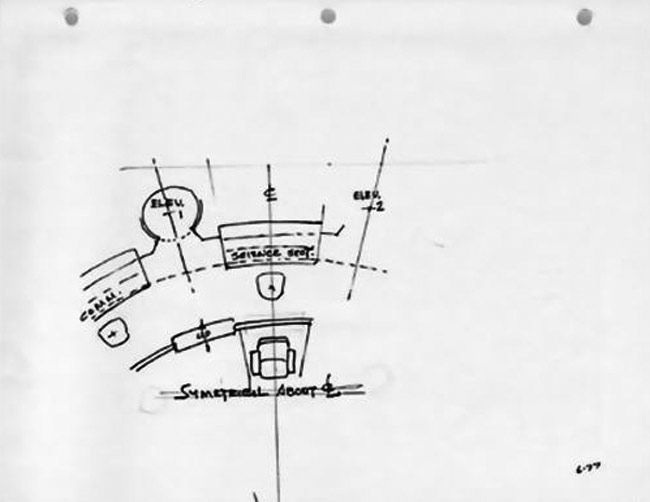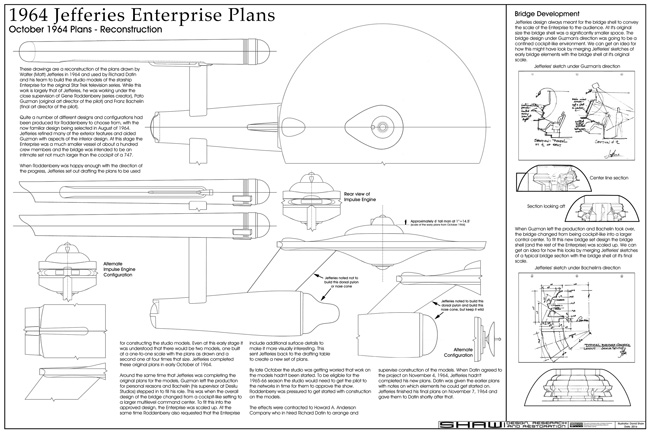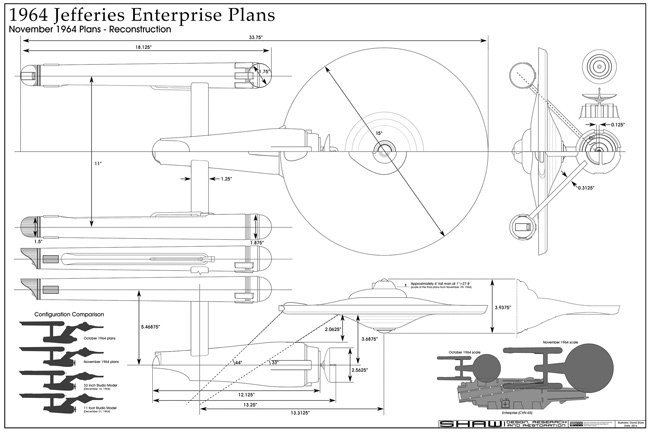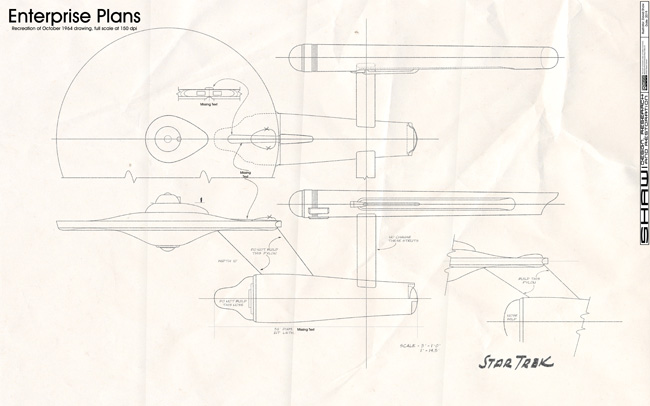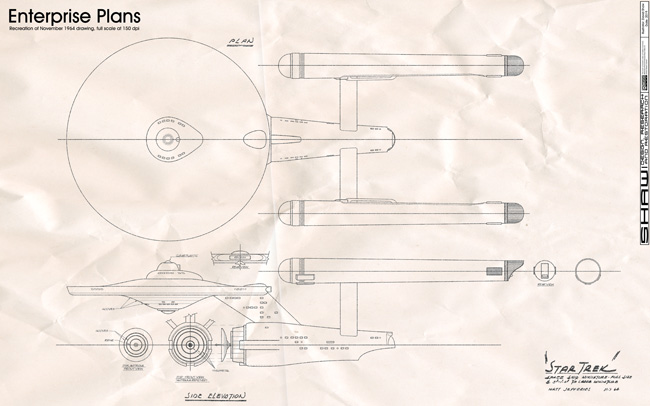I’ve always found this scene interesting: notice how the bridge is definitely not facing forward, on one hand a possible evidence of it being tilted.
On the other hand, the doors don’t quite open where the notch is, so it’s not definite evidence either. This can be attributed to the extreme difficulty of composing such a scene in the middle 60s, though (as, conversely, could be the bridge being tilted itself, unfortunately).
The remastered episode “corrects” the scene by having the bridge facing forward, thus that being the official intention in 2006 (I doubt it was really discussed, though), but I’ve always felt that the doors opened in a space that couldn’t fit the dome here.




